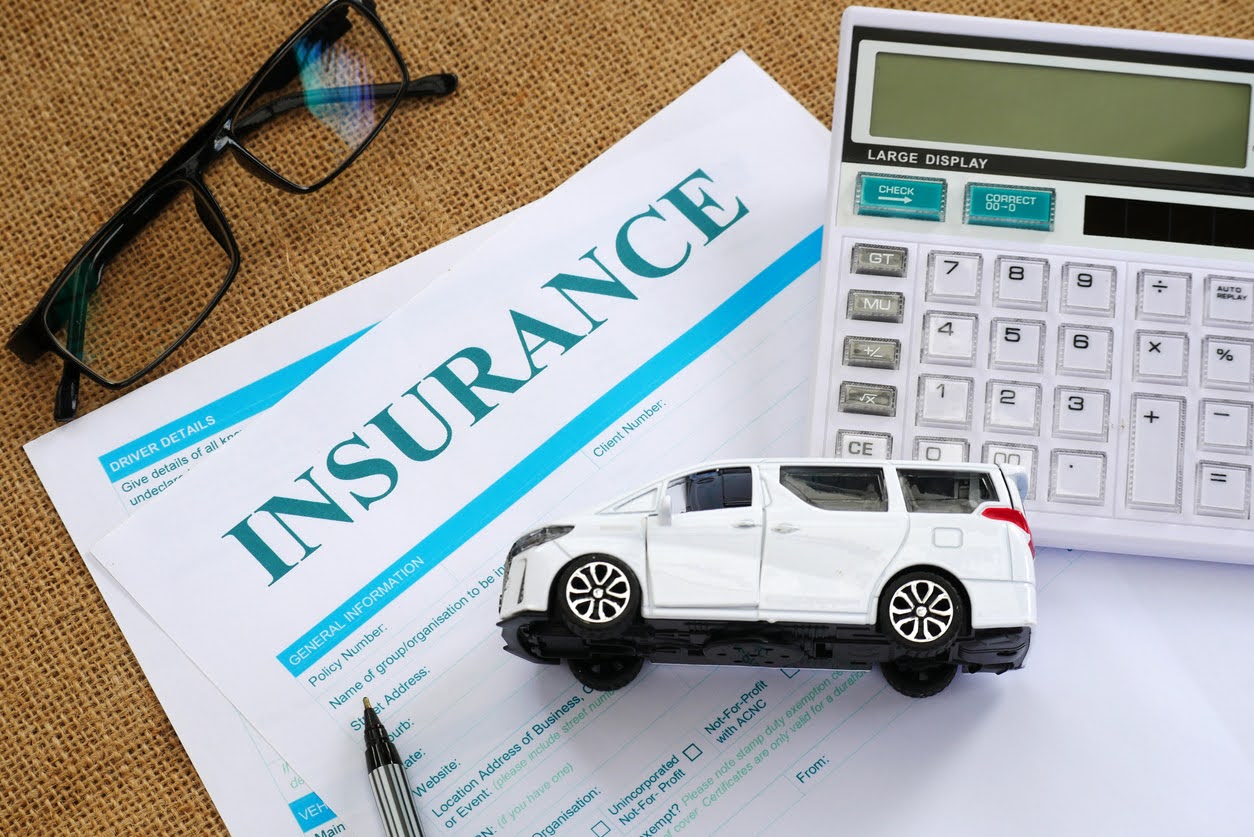
California's new auto insurance requirements, effective January 1, 2025, will see a significant increase in minimum liability limits to provide better financial protection. This change is the first major update in over half a century, reflecting rising medical and repair costs. The new minimums for liability coverage are set at $30,000 for injury or death per person, $60,000 for total injuries or deaths per accident, and $15,000 for property damage.
With these changes, it's crucial for California drivers to reassess their existing auto insurance policies. As premiums might increase due to these new standards, understanding the details can save drivers from unforeseen financial burdens. This update aims to provide enhanced coverage for all parties involved in car accidents, ensuring more substantial support when facing potential damages and liabilities. For those dealing with the aftermath of a car accident, exploring legal assistance such as Rosemead car accident lawyers can provide valuable support.
This regulatory shift marks a proactive step towards ensuring that insurance policies keep pace with today's economic realities. These updated requirements highlight the importance of reviewing and adjusting insurance plans to align with personal needs and legal obligations. As drivers become familiar with these changes, they are better equipped to handle the evolving landscape of auto insurance coverage in California.
Overview of New Auto Insurance Requirements
In 2025, California will see substantial changes to its auto insurance regulations, introducing modified coverage limits and enhanced consumer safeguards. These adjustments aim to offer California drivers increased financial protection in the event of an accident.
Impact of Senate Bill 1107
Senate Bill 1107 marks a crucial update to auto insurance policies in California. The bill enhances fairness and consumer protection by amending the minimum auto insurance coverage standards. By adjusting the legal benchmarks for insurance providers, the bill mandates that all policyholders receive more extensive liability coverage. This step ensures that drivers are better protected financially and can manage the aftermath of an accident more effectively. Moreover, it helps in reducing the financial burden on policyholders by aligning the legal requirements with the current economic landscape.
Increased Coverage Limits
From January 2025, drivers in California must adhere to new, higher minimum liability insurance limits. These changes, initiated by Senate Bill 1107, stipulate limits of 30/60/15. This means $30,000 for bodily injury per person, $60,000 per accident, and $15,000 for property damage. These increased requirements aim to safeguard both drivers and passengers by ensuring adequate financial protection in the event of an accident. By imposing these revised limits, California aims to shield drivers from unexpected costs related to accidents, thus promoting stability and security on the road.
Protections Under the Protect California Drivers Act
The Protect California Drivers Act, part of the recent legislative updates, focuses on increasing financial safety for all drivers. This act is built into Senate Bill 1107 and addresses insufficient coverage issues that could arise with outdated limits. By fortifying the financial protection through new insurance requirements, it works toward a more secure driving environment. The act also seeks to promote fairness and transparency in insurance practices. It reflects California's commitment to protecting residents by ensuring they are not left financially vulnerable after an incident.
Understanding Coverage and Insurance Policies
Recent changes in California's auto insurance laws have altered the landscape for drivers. These adjustments affect liability coverage, optional protections such as comprehensive and collision, and potential impacts on premiums and cost management strategies.
Details of Liability Coverage
Liability coverage is a significant component of any auto insurance policy in California. Designed to safeguard against financial burdens arising from accidents, it includes two main facets: bodily injury liability and property damage liability.
Starting in 2025, California raised minimum liability limits to better protect policyholders. For bodily injury, the coverage now requires a minimum of $30,000 per person and $60,000 per accident, double from previous limits. Property damage coverage has increased to $15,000 to address rising repair costs.
Ensuring adequate auto liability insurance is crucial. Drivers must present proof of insurance, often checked during traffic stops or accidents. Insurance companies offer guidelines, but policyholders should stay informed through resources like the California Department of Insurance to fully comprehend their requirements and options.
Optional Coverages: Comprehensive and Collision
Beyond mandatory liability coverage, comprehensive and collision insurance are optional yet important elements for many California drivers. Comprehensive coverage safeguards against non-collision-related damages like theft or natural disasters. In contrast, collision insurance addresses damages from accidents involving another vehicle or stationary objects.
Consumers should assess their specific needs when considering these coverages. Vehicles with higher values or in areas prone to risks might benefit significantly from these optional protections.
Insurance companies often provide bundled policies that combine different coverages. This can result in discounts, making it easier to manage costs while ensuring comprehensive coverage. By evaluating personal circumstances and potential risks, drivers can make informed decisions when selecting additional coverage options.
Insurance Premiums and Cost Control
Insurance premiums in California have been on the rise, partly due to increased liability limits and broader market conditions. However, there are strategies to control and potentially reduce these costs. Consumers can look for policy discounts by bundling multiple insurance products, like home and auto, through the same provider.
Insurers often offer incentives for safe driving records or installing anti-theft devices. It is important for drivers to compare multiple quotes from reputable sources, taking into account both coverage specifics and cost.
Staying proactive in managing insurance risks and reviewing policies regularly will assist in maintaining favorable premiums. The California Department of Insurance remains a reliable source for understanding changes and ensuring that policyholders are adequately covered without unnecessary expenses.







